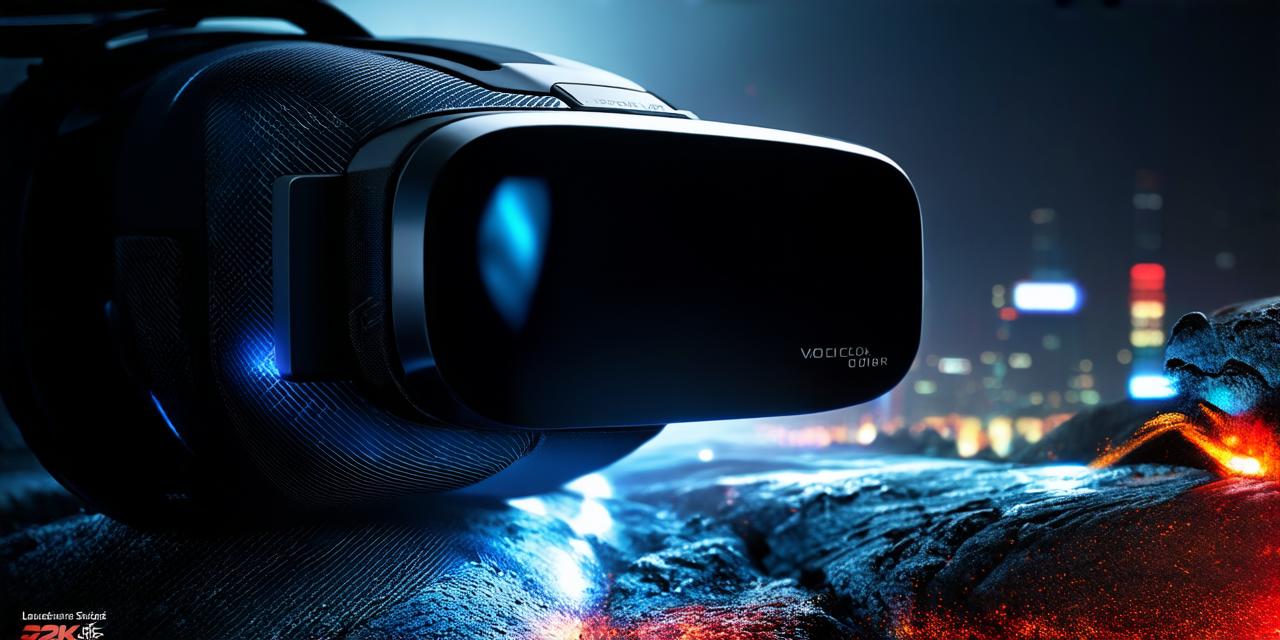<!DOCTYPE html>
1. Unity:
Unity is one of the most popular VR game engines in the market. It supports a wide range of platforms, including Windows, macOS, iOS, Android, and VR devices. With its easy-to-use interface, developers can create complex VR games and experiences quickly.
It also has a large community of developers and resources available to help you learn and develop your skills.
2. Unreal Engine:
Unreal Engine is another popular VR game engine that offers powerful graphics and animation capabilities. It supports a wide range of platforms, including Windows, macOS, iOS, Android, and VR devices. With its intuitive interface and extensive documentation, developers can create immersive VR games and experiences with ease.
3. CryEngine:
CryEngine is a powerful game engine that offers real-time graphics and animation capabilities. It supports a wide range of platforms, including Windows, macOS, iOS, Android, and VR devices. With its flexible architecture, developers can create complex VR games and experiences quickly.
4. A-Frame:
A-Frame is a web-based game engine that allows developers to create VR games and experiences using HTML, JavaScript, and CSS. It supports a wide range of platforms, including WebVR devices.
With its easy-to-use interface, developers can create immersive VR games and experiences quickly without the need for extensive coding knowledge.
5. Godot:
Godot is an open-source game engine that offers real-time graphics and animation capabilities. It supports a wide range of platforms, including Windows, macOS, Linux, iOS, Android, and VR devices. With its easy-to-use interface and powerful tools, developers can create complex VR games and experiences quickly.
Case Study: The Virtual Reality Experience
Let’s take the example of a virtual reality experience that is designed to educate people about climate change. The game engine used in this case study is Unity. Developers used Unity’s powerful graphics and animation capabilities to create a realistic VR environment that simulates different scenarios related to climate change, such as deforestation and sea level rise. Players are immersed in the experience, which helps them understand the impact of their actions on the planet’s ecosystem.
Real-life Examples:
1. Unity:
The Ocean Atlas VR experience uses Unity to simulate a virtual underwater world where users can explore different marine ecosystems and learn about the challenges facing our oceans.
2. Unreal Engine:
The Gear S3 VR experience uses Unreal Engine to create a realistic VR environment that allows users to interact with the Samsung Gear S3 smartwatch’s features in an immersive way.
3. CryEngine:
The Epic Citadel VR experience uses CryEngine to create a virtual world that is inspired by Epic Games’ Unreal Engine technology showcase.
4. A-Frame:
The Google Expeditions VR experience uses A-Frame to provide students with an immersive learning experience that allows them to explore different parts of the world and learn about various subjects in a fun and engaging way.
5. Godot:
The GNOME Terminal Emulator VR experience uses Godot to create a virtual terminal emulator that allows users to interact with the command line interface in an immersive way.
FAQs
Q: What is the best VR game engine for creating immersive experiences?
A: It depends on your specific needs and requirements. Unity, Unreal Engine, CryEngine, A-Frame, and Godot are some of the most popular VR game engines that offer powerful graphics and animation capabilities.
Q: What platforms do these VR game engines support?
A: These VR game engines support a wide range of platforms, including Windows, macOS, iOS, Android, and VR devices.
Q: What skills are required to develop VR games and experiences?
A: Developing VR games and experiences requires programming skills, as well as knowledge of game design and user experience principles. It’s also important to have a good understanding of the specific VR game engine you plan to use.
Conclusion
VR technology is rapidly advancing, and there are several VR development game engines available in the market that can help developers create immersive and engaging experiences. Unity, Unreal Engine, CryEngine, A-Frame, and Godot are some of the most popular VR game engines that offer powerful graphics and animation capabilities. By using these VR game engines, developers can create complex VR games and experiences quickly and efficiently. Whether you’re a beginner or an experienced developer, there is always something new to learn and explore in the world of VR development.
